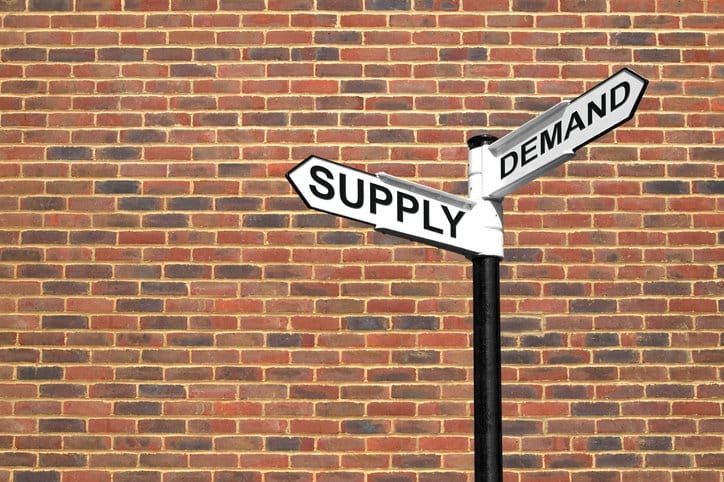The housing market is experiencing a rebalancing process, which benefits both sellers and buyers. There is a rising population of buyers looking to purchase a home, and more home construction is starting to come on the market. However, the demographics do not support increased construction, and COVID-19 pandemic is affecting the housing market.

Increasing population of buyers searching for a home
A growing population of buyers is looking to purchase a home. This includes the Millennial generation (ages 30 to 34), Baby Boomers (those entering retirement) and Gen Xers (elements of empty nesters). Major life transitions such as these drive many real estate transactions, and offer buyers the opportunity to lock in equity and earn a profit.
Hispanics represent one-sixth of buyers, with a quarter of them repeat buyers. Younger generations are more likely to buy a home for their extended families. Sixty-seven percent of millennials and Gen Z are first-time homebuyers. Meanwhile, 18 percent of Gen X Hispanics are looking to purchase a home.
Increased home starts
In the month of August, new home starts were up to a seasonally adjusted annual rate of 1.575 million units, a 12.2% increase from July's revised estimate and slightly below last August's level. The increase was led by a jump in the number of multi-family structures, whose starts increased 28.6% over the previous month. The increase in multi-family starts reversed a five-month decline in single-family home starts. It also marks the second straight month that the annual pace for single-family home construction fell below a million units.
Traditionally, the fall months see a decline in housing starts as families prepare to return to school. But with the recent increase in home starts, the housing market should cool down. According to many top real estate analysts, the increase should help curb the scorching home market.
Demographics don't support more construction
Some economists and homebuilders are worried that the current housing supply is already too high, and more home construction isn't needed. They point to declining U.S. population growth as one reason to not build any more homes. Overbuilding could result in too many homes on the market and too few people looking for them. However, some homebuilders disagree with these findings. According to a recent report by Zelman & Associates, the housing market doesn't have enough inventory.
Impact of COVID-19 pandemic on housing market
The COVID-19 pandemic affected the housing market in both the short-term and the long-term. While the pandemic negatively affected housing prices and volume of transactions, the impact on the housing market gradually eased after three weeks. Although COVID-19 affected the housing market, it had little impact on consumers' demand for housing or confidence in purchasing a home.
The pandemic has posed challenges for academics, investors, and policymakers. As a result, there has been limited research on the impact of the epidemic on housing markets. However, there are a few key areas that may be worth investigating. Some of these areas include increased teleworking and lower mobility, as well as the impact of uncertainty on homebuyers' decisions.
Effects of local and federal policies on supply and demand
The supply and demand in the real estate market are determined by a variety of factors. For example, in many countries, regulations govern land use and building code, which may affect the costs of construction and underlying land prices. These policies can also limit the supply of certain types of housing.
The lack of affordable housing threatens the vitality of the community. It is also a challenge to homebuilders, bankers, and realtors. But there are ways to address this issue. Among other things, businesses and individual employers can work with affordable housing developers to increase the supply of affordable homes.